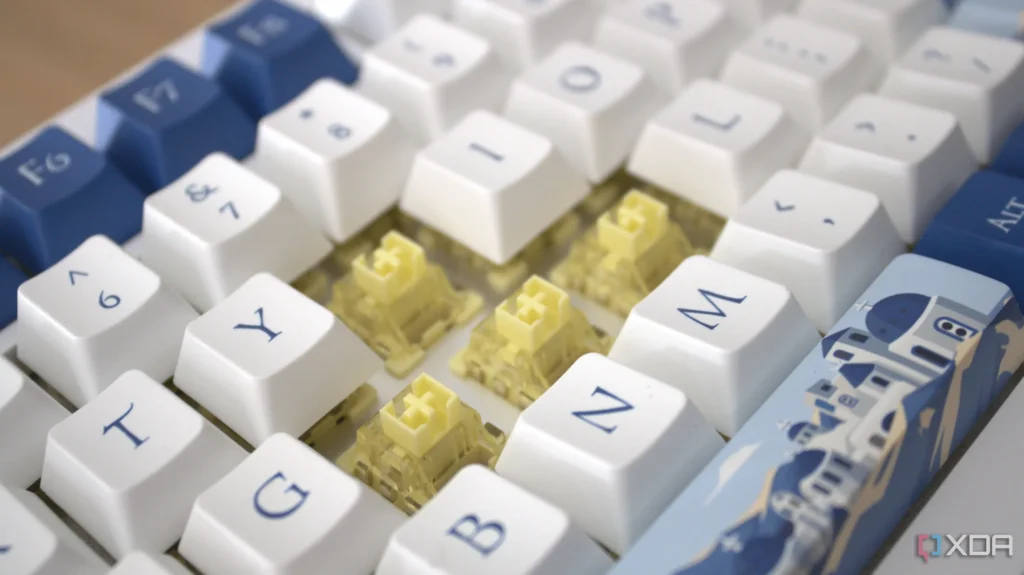Mechanical keyboards have been responsible for a huge shift in user behaviour, owing to the superior typing experience they offer over traditional or membrane keyboards. Mechanical switches are at the core of that experience, offering a satisfying tactile and auditory response to users, which can’t be replicated on conventional keyboards.
We are now witnessing what could be another radical shift in switch technology — magnetic switches. To be clear, magnetic switches didn’t come up yesterday. The tech has existed since the 60s, and we’ve seen it in popular keyboards from brands like Wooting since late 2022. However, what’s new is the bubbling interest in magnetic switches from consumers and manufacturers, with brands like Wooting and Razer fighting hard to come out on top.
What is interesting to me about this, is that I think of magnets as losing power over time and having imprecise points at when they trigger. It seems that I was very wrong on this.
The key thing here is these are permanent magnets, and they use the Hall effect switches (like we use Hall effect sensors for measuring electrical current travelling through a wire). So this also means being able to have dynamic actuation and reset points. Also, there is no physical contact switch, so they could last a lot longer (and be silent).
See https://www.xda-developers.com/magnetic-switches-shaking-up-keyboards/

